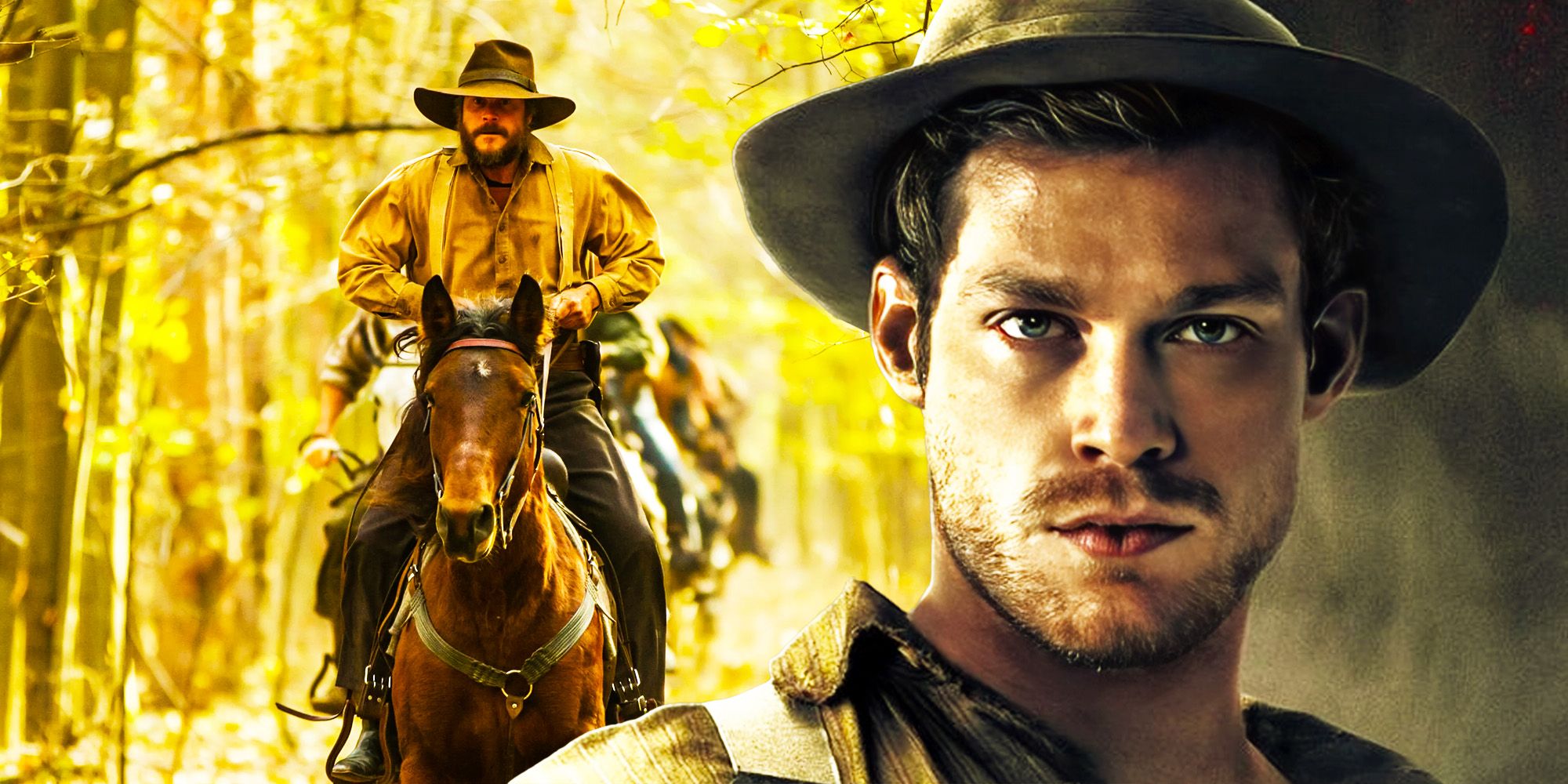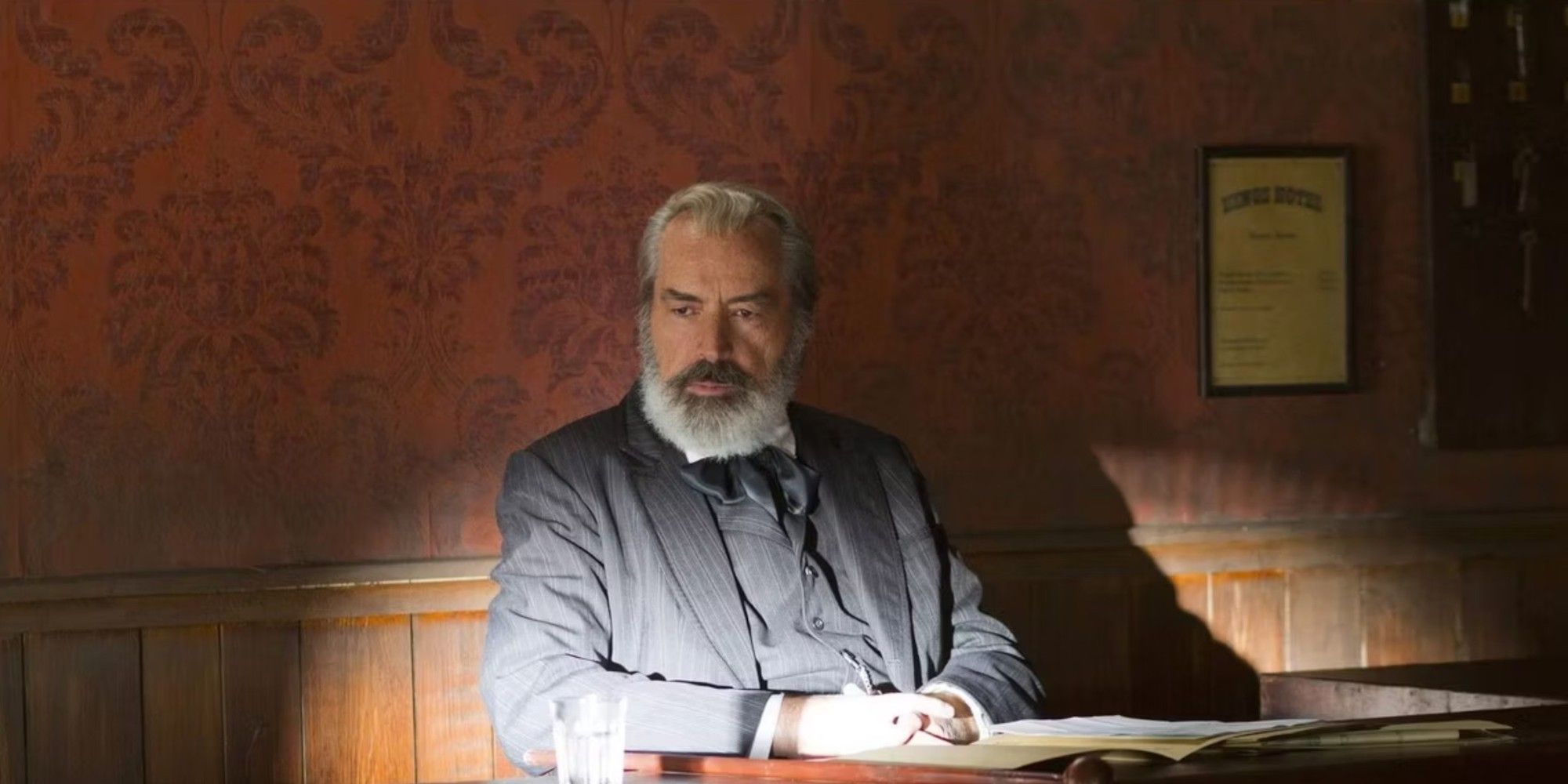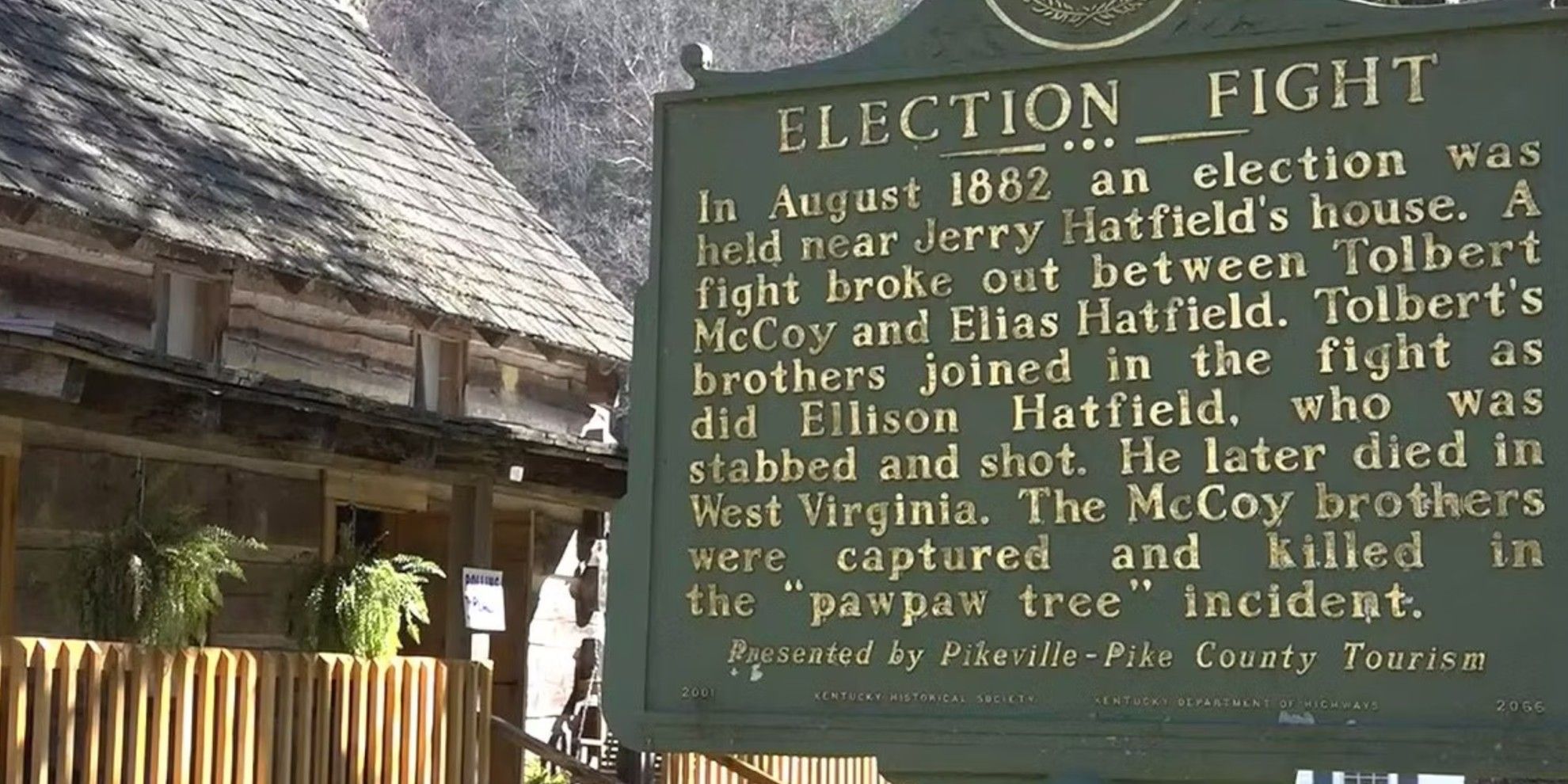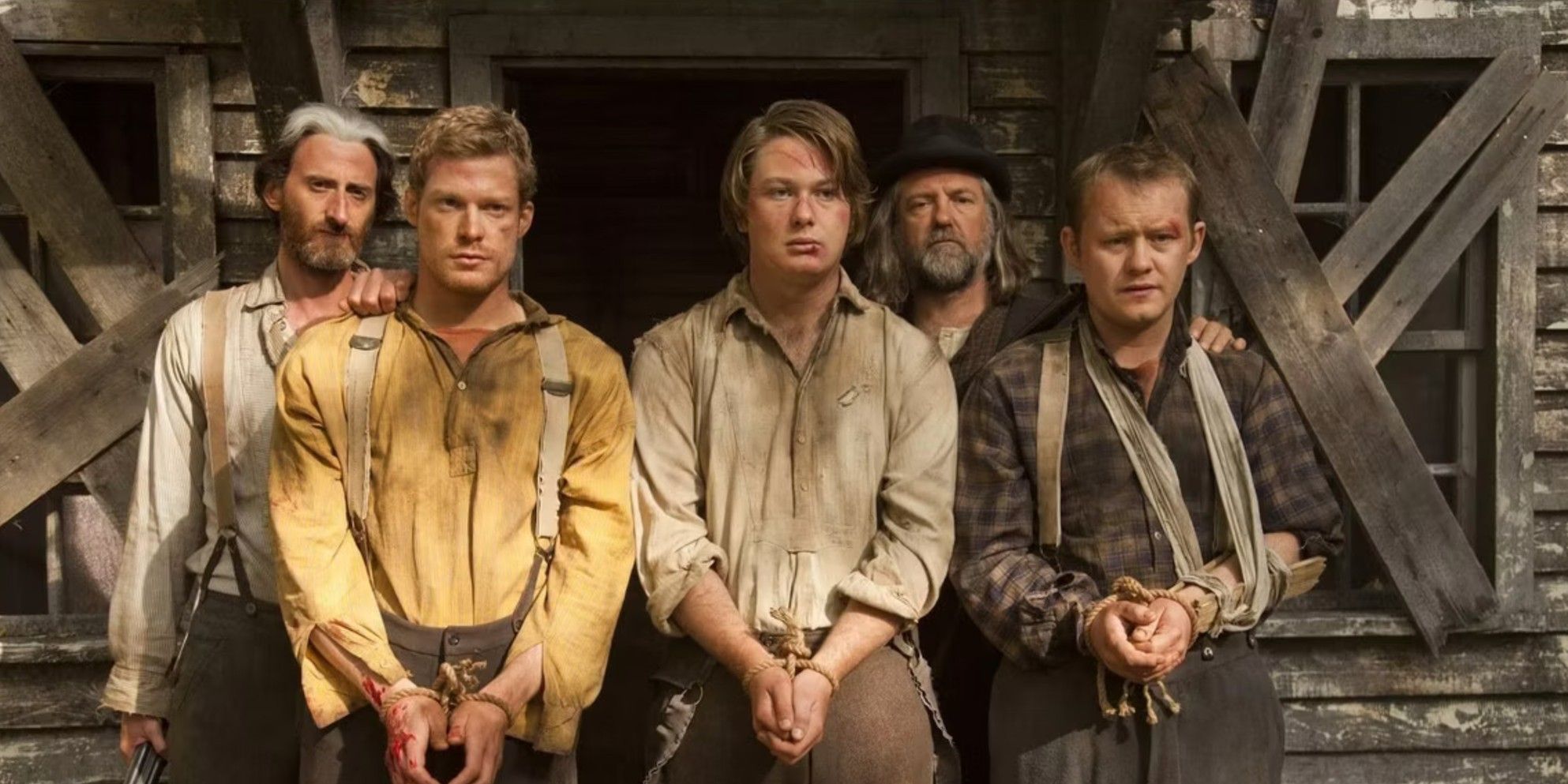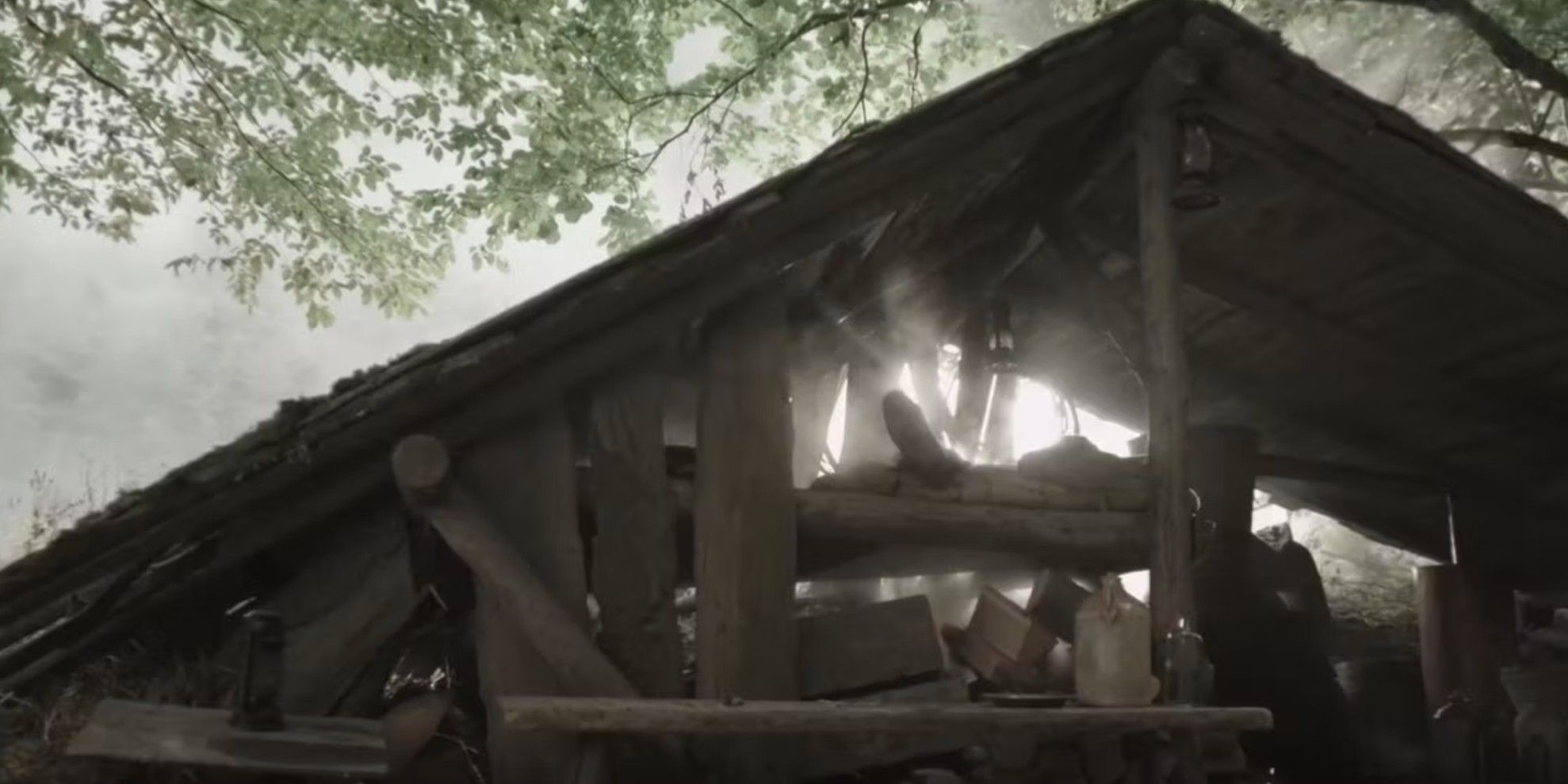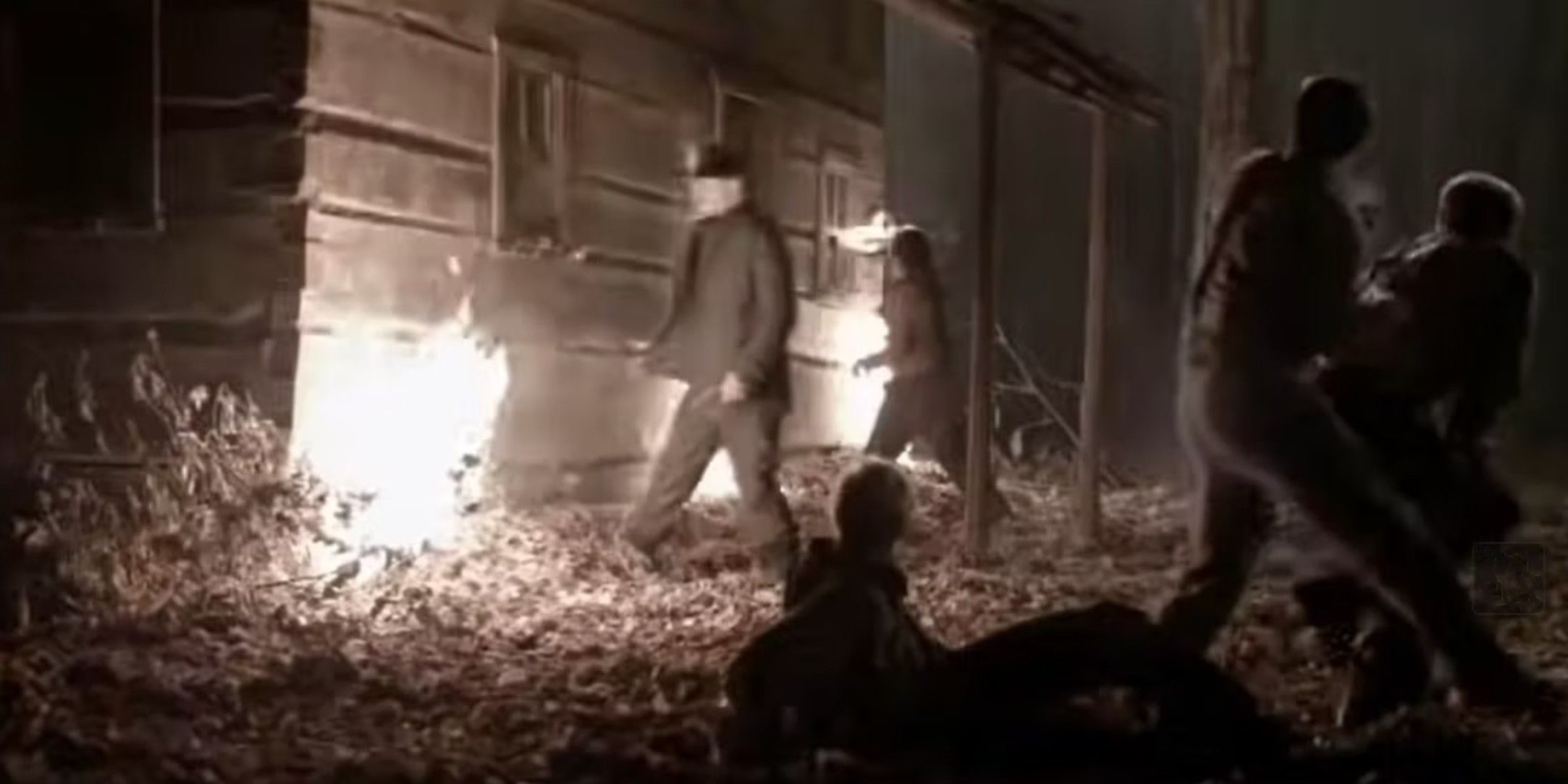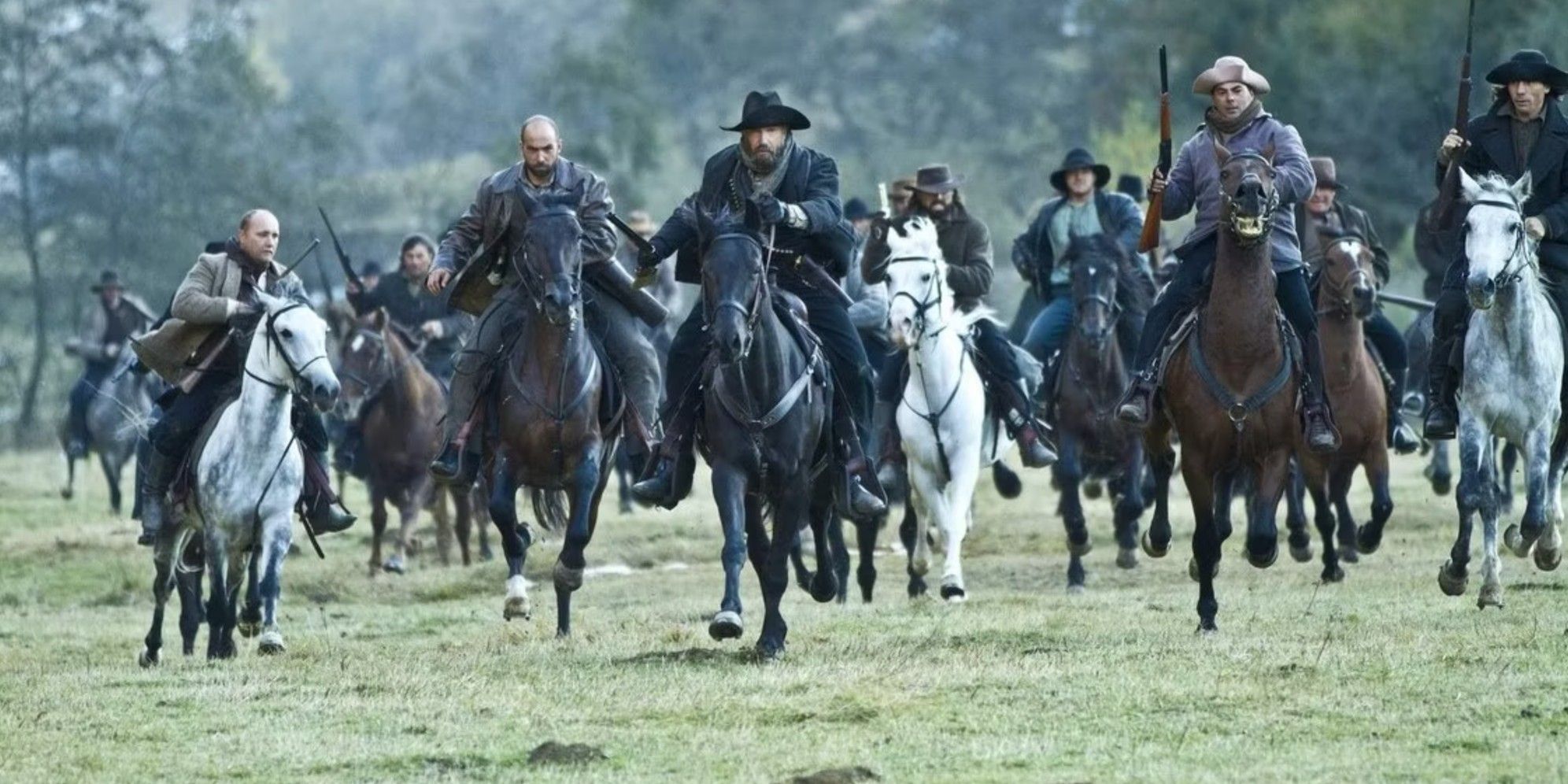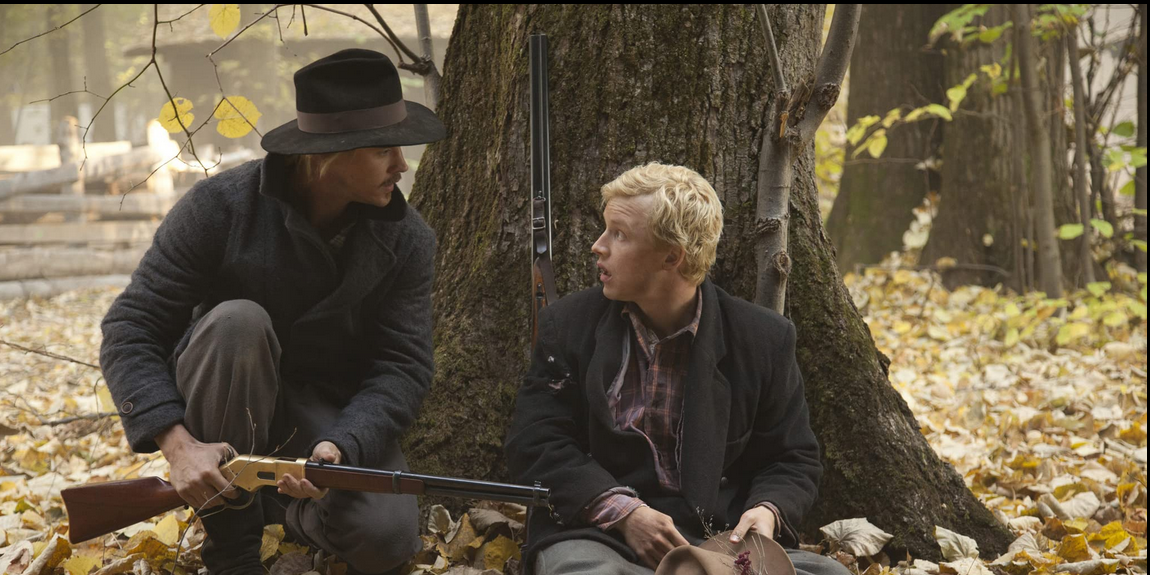The Hatfields & McCoys 2012 miniseries was not filmed locally, and here is the explanation of why. The Hatfield and McCoy feud is a well-known historical conflict in the late 1800s between two families who lived in the Appalachian Mountains. The Hatfields resided in Mingo County, West Virginia, and the McCoys in Pike County, Kentucky. However, due to tax incentives, the 2012 series Hatfields & McCoys was primarily filmed in Romania. The Carpathian Mountains in Romania looked similar to the Appalachians, with their rolling hills and dense forests.
Although some filming was done on location in West Virginia, filming on the actual historical sites proved difficult. Many sites were protected for their historical significance, making it challenging for the production team to get permission to film there. Nevertheless, the show received critical acclaim, partly because of the stunning scenery. The Hatfields & McCoys series was an excellent representation of the historical feud between the families, showcasing the complex relationships between the two families and the events that led to their notorious feud. The locations chosen for the miniseries help draw the viewer into this complex family story.
Wall Hatfield's Jail And Courthouse
Judge Valentine "Wall" Hatfield's jail and courthouse are historically significant in the Hatfield-McCoy feud. The Hatfields & McCoys series portrays many of the critical events there. One of the most notable incidents was the infamous Hog Trial, where Randolph McCoy accused Floyd Hatfield of stealing a McCoy pig. To appear impartial, Judge Hatfield appointed six Hatfields and six McCoys to the jury. However, when the Hatfields won the case due to the testimony of relative William Stanton, it led many to question the fairness of the trial and fueled tensions and suspicions. Shortly after, Stanton was killed by Paris and Sam McCoy, who were acquitted on the grounds of self-defense.
The courthouse was also used to hold both Hatfields and McCoys after various attacks on each other's families. In the Hatfields & McCoys miniseries, the judge's courthouse was also a location for scheming between the McCoys and their allies, lawyer Perry Cline and bounty hunter "Bad Frank" Phillips. The Wall Hatfield's Jail and Courthouse played an essential role in the events leading up to and during the Hatfield and McCoy feud, making it an important historical site. The location provides insight into the feud's complexities, including the tensions between the families and the justice system's role in exacerbating the conflict.
Election Day Killing Of Ellison Hatfield
The assassination of Ellison Hatfield on Election Day in 1882 was a significant event in the Hatfields & McCoys. The murder marked a new level of violence and brutality in the long-standing conflict. Ellison, one of Devil Anse Hatfield's brothers, was shot and killed by three of Roseanna McCoy's brothers - Tolbert, Pharmer, and Bud. The killing of Ellison Hatfield caused outrage among the Hatfields, and they were determined to avenge the death of their kin. After the assassination, tensions between the Hatfields and McCoys reached an all-time high, with both sides determined to get revenge.
The assassination of Ellison Hatfield was a watershed moment in the Hatfield-McCoy feud and led to the deaths of many more on both sides. The location of this event, on Election Day in 1882, is significant to understanding the story's context. The Hatfields & McCoys miniseries adeptly portrays the scene as a festive family day out, with people happily dancing and socializing. However, as tensions between the McCoy brothers and Ellison Hatfield escalate due to alcohol and resentment, the mood quickly turns sour. The brutal stabbing of Ellison Hatfield changes the atmosphere from a joyous party to a grim crime scene, marking a new level of brutality in the ongoing feud.
Paw Paw Trees
The Paw Paw trees played a pivotal role in the Hatfields & McCoys. One of the most tragic events of the feud occurred in 1882, when Tolbert, Pharmer, and Bud McCoy were arrested for the death of Ellison Hatfield. Devil Anse Hatfield, who feared that the McCoy brothers would escape justice, intercepted the law enforcement officers legally arresting the boys. Following Ellison's death, the brothers were taken to a grove of Paw Paw trees and tied up before being executed by Devil Anse Hatfield and his family. This ruthless killing marked a significant turning point in the feud, intensifying the bitter conflict between the two families.
The role of Johnse Hatfield, one of Devil Anse's sons, in the execution of the McCoy brothers is particularly noteworthy. Johnse was present during the killings, though he maintained that he didn't participate. This fact was a source of consternation for Roseanna McCoy, Johnse's lover and the sister of the executed brothers. Despite the brutality of the killings, no arrests were made for five years, leaving the McCoy family to suffer and plot revenge. The Paw Paw trees grove no longer exists today, but the site is commemorated with an official historical marker as part of the Hatfield McCoy Trail.
Johnse Hatfield's Moonshine Still & Cabin
In 1880, Johnse Hatfield had a brief romance with Roseanna McCoy, much to the disgust of both families. However, Johnse ultimately chose his family over Roseanna, leaving her pregnant and alone. Tragically, their baby girl died before she was a year old. Roseanna's health deteriorated, and she died before the age of 30. In 1881, Johnse married Roseanna's cousin Nancy McCoy. In the Hatfields & McCoys miniseries, Nancy is depicted as marrying Johnse for revenge. The moonshine still is where she coerces him into giving her information about the Hatfields, which she then passes on to Bad Frank Phillips. Nancy later leaves Johnse for Phillips, exacerbating the animosity between the two families.
Johnse Hatfield's still and cabin is an essential location in the history of the Hatfields & McCoys, not only because of its connection to Johnse and Roseanna McCoy's tragic love story but also because it served as a site of espionage and betrayal. Today, the still and cabin no longer stand. Still, the portrayal of the place in the miniseries and other historical accounts is vital in understanding its role in the Hatfield-McCoy feud. The still and cabin are a reminder of the complex history and relationships between the two families and the tragedy and betrayal that ultimately fueled their decades-long conflict.
Randolph And Susan McCoy's Family Cabin
The Hatfields & McCoys came to a head with the 1888 New Year's Massacre at Randolph and Susan McCoy's cabin. Devil Anse Hatfield had planned the massacre to finally end the feud, and the Hatfields, led by Jim Vance, carried out the brutal attack on the cabin. Susan McCoy was brutally beaten during the attack, and Randall escaped. Tragically, two McCoy children died in the attack, and the cabin was burned to the ground. Johnse and Cotton Top Hatfield, known for their involvement in previous violent incidents against the McCoys, were also part of the group that attacked the cabin.
After the New Year's Massacre, a series of arrests and trials ensued, ultimately ending the violence, although not the animosity in the Hatfields & McCoys. The massacre also had one other significant consequence: Jim Vance, one of the leaders of the attack, was killed a week later in retaliation. The cabin, which had been the site of so much tragedy, was never rebuilt. Today, an official historical marker stands at the site of the killings, serving as a reminder of the violent and tragic events that occurred there.
The Battle Of Grapevine Creek
In 1888, the Battle of Grapevine Creek took place, marking the final major clash between the Hatfields & McCoys. The tension between the two families was at an all-time high following the New Year's Day Massacre, and the Hatfields, under the direction of Devil Anse, were gathering again to go after the McCoys. However, the McCoys caught wind of their plans and organized their own posse led by Bad Frank Phillips. The two forces met on the West Virginia side of Grapevine Creek, where they engaged in a brutal and intense battle.
Despite their reputation as tough fighters, the Hatfields struggled to hold their own against the McCoys. The McCoys eventually outflanked them, taking many prisoners in the process. The captured men and those arrested for the New Year's Massacre and the Battle of Grapevine Creek were put on trial, attracting international attention to the Hatfields & McCoys. Pressure mounted on the two families to end the feud, and no other major violent episodes occurred afterward.
Site Of The Hanging Of Cotton Top
The hanging of Cotton Top Hatfield in 1890 was a particularly significant moment in the feud's history, as it marked the end of one chapter and the beginning of another. Seven Hatfields were found guilty, and sentenced to life in prison, although Johnse was released early for good behavior. However, both families feared that the Hatfields & McCoys feud would continue unless someone were hanged. Cotton Top Hatfield, the mentally disabled illegitimate son of the slain Ellison Hatfield, was coerced into confessing and was subsequently hanged. His last words were that "The Hatfields made me do it."
Kentucky had a law against public executions which resulted in a fence being erected around the gallows to keep the public from seeing the hanging. However, people still came from far and wide to watch from nearby hilltops. Today, Cotton Top's hanging site visitors can see where the gallows once stood as part of the official trail commemorating the Hatfields & McCoys. The hanging of Cotton Top may have brought a sense of closure, but it could not undo the damage that had been done. The feud had already caused too much pain and destruction, and its legacy would live on for years.

